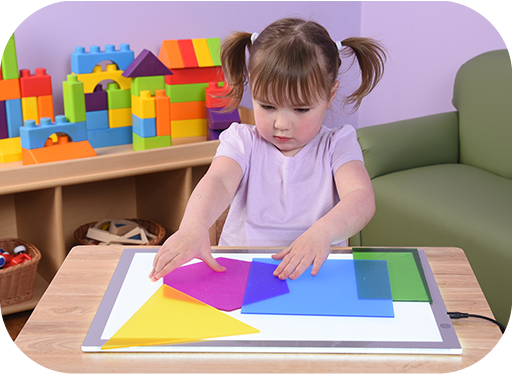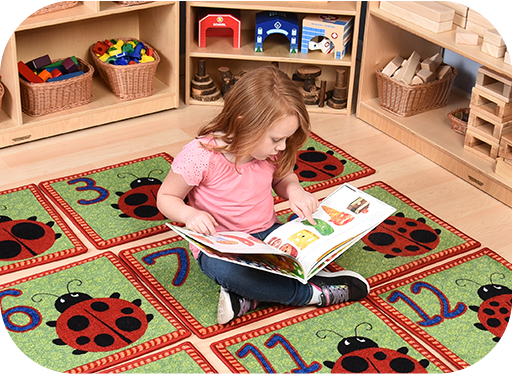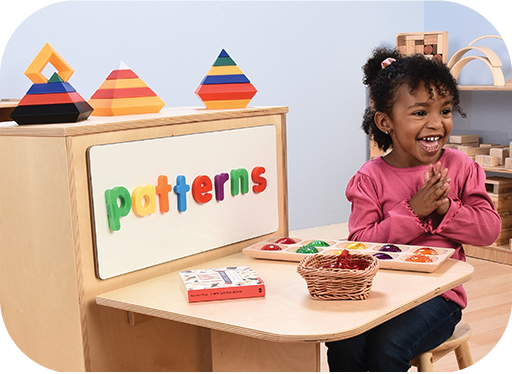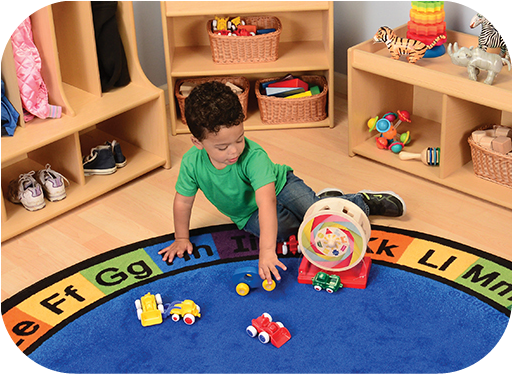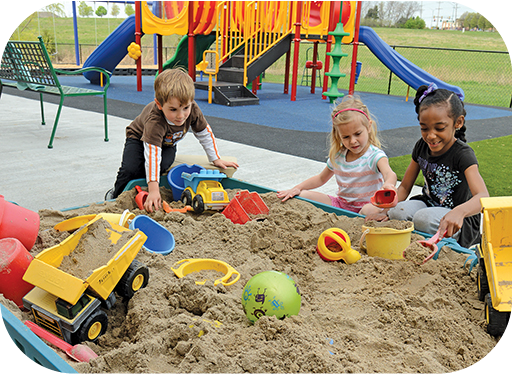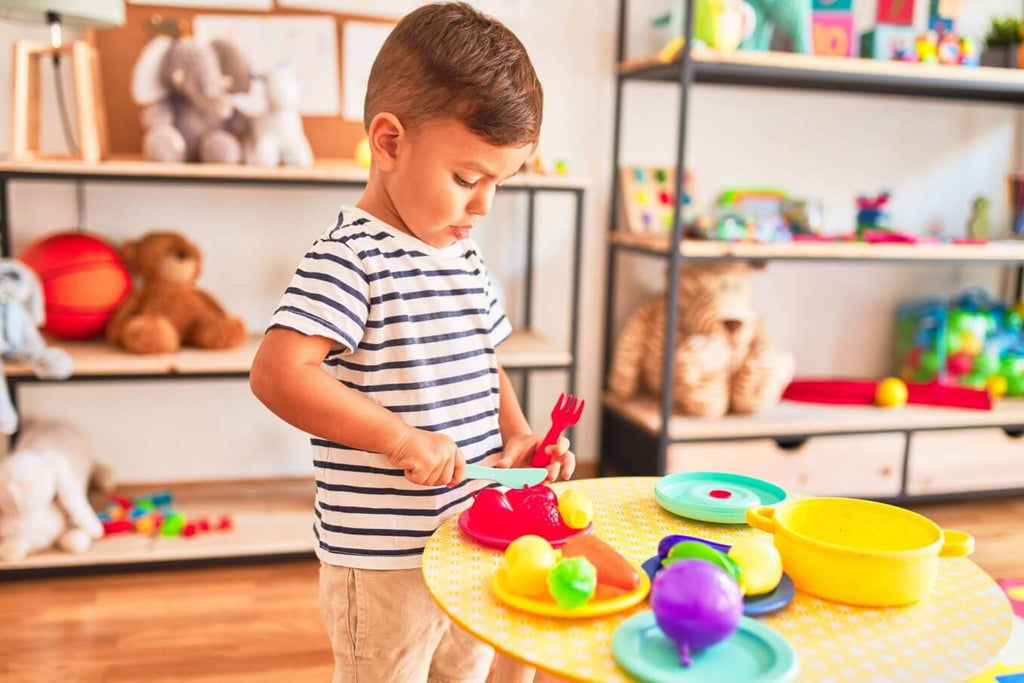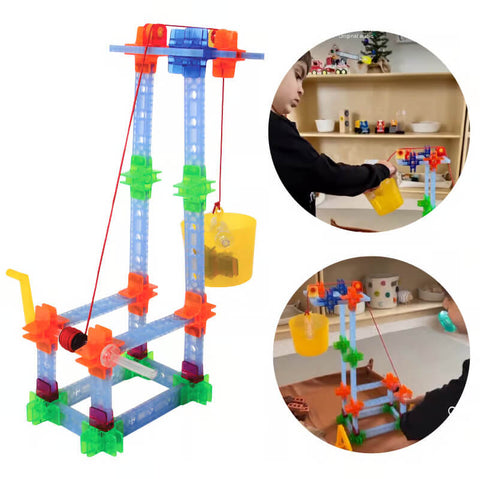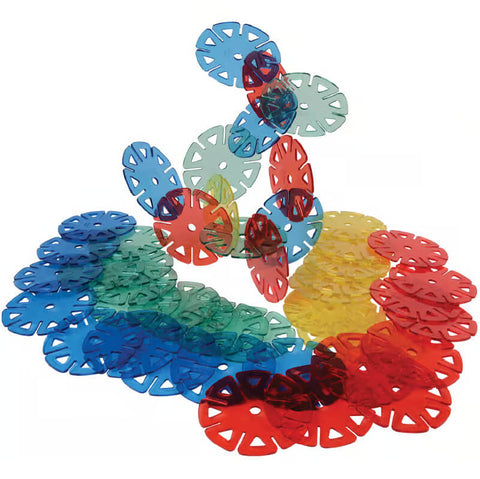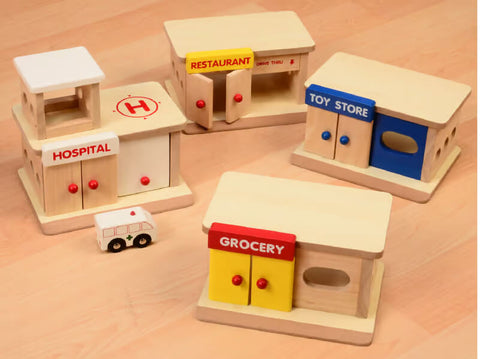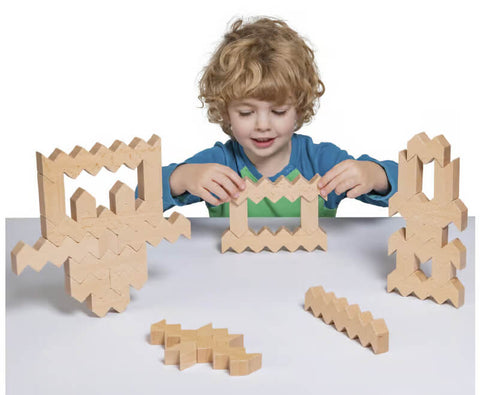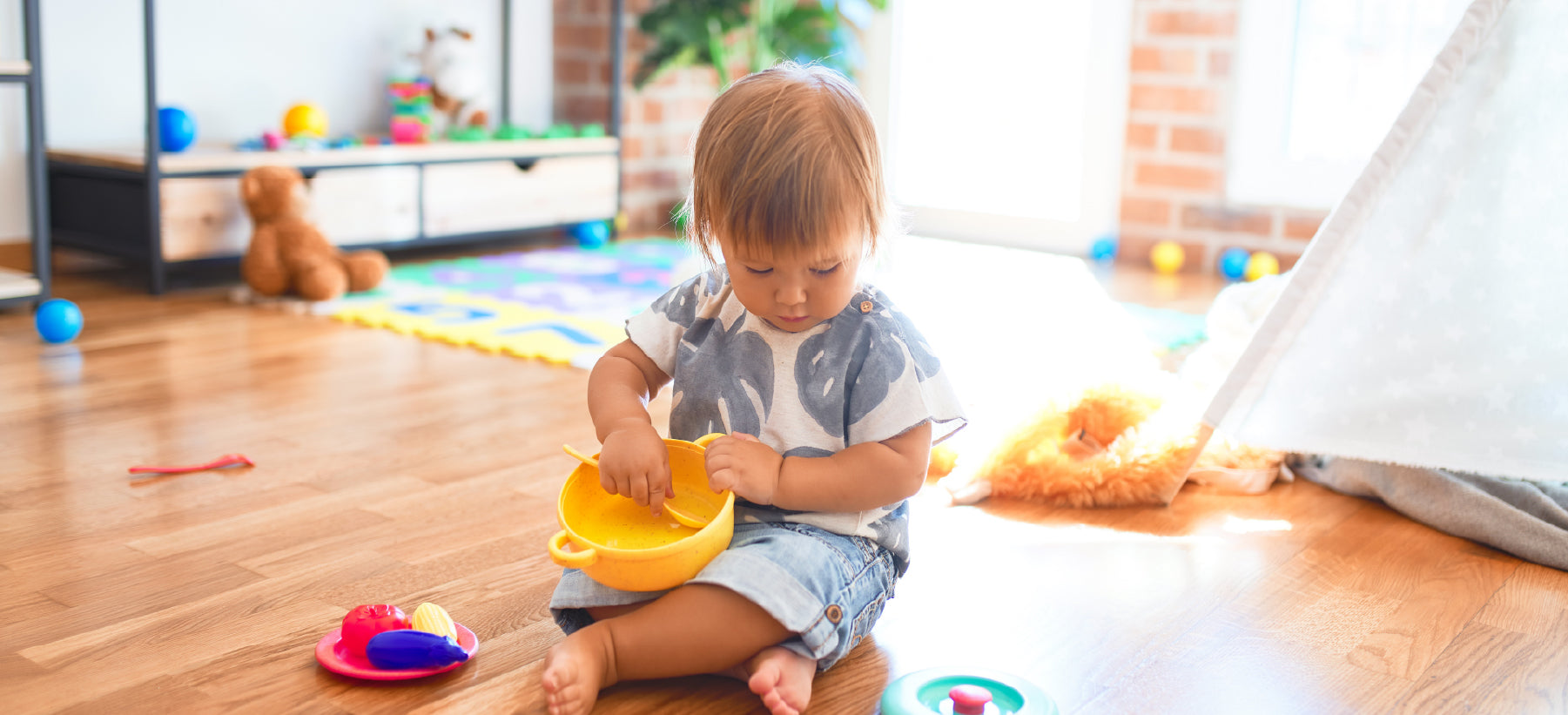
Open-Ended Play
One of our favorite types of play at Constructive Playthings is open-ended play. Not only does it offer countless learning opportunities, but it is just so easy to execute and incredibly valuable in early childhood development.
What is open ended play?
Open-ended play is any type of play where children are free to make their own decisions and take their own action on how something should play out. There are no rules and no ‘correct’ approach or solution. There are also no fixed outcomes, so anything can happen!
Open-ended play works in a multitude of situations whether children are working on their own, with other children, or even with adults! It truly unlocks the imagination and allows for situations to become less repetitive and predictable, as they can be different every single time.
What are the benefits of open-ended play?
There are so many benefits to open-ended play, as it incorporates so many different exciting skills. A few of our favorites include:
Building creativity
With imagination as the key component behind open-ended play, it is no surprise that creativity skills are flexed. Resources that are open-ended allow children to create their own perception about the item, what it does, how it is supposed to work, where it is supposed to go. As children express themselves creatively, this also helps to relieve any stress they may be currently experiencing. It’s an incredibly powerful outlet.
Independence and self-confidence
When children take charge, make their own decisions and see the consequences of their own actions, ideas begin to come alive. Open-ended play allows children to take calculated risks and push boundaries all within a safe environment–what a fantastic way to learn! Although it is often hard to stand back and watch, it is so important for adults to allow children to explore freely, attempt things, and even fail. It is all part of the process.
Critical thinking and problem solving
With open-ended play, there is no instruction manual. There is no guaranteed outcome! It takes not only imagination, but true critical thinking and problem solving skills to understand what action causes that reaction, or what comes next in the sequence. Children are naturally curious and encouraged to look at problems from various angles, and try multiple solutions to see how they work out.
Social-emotional and communication skills
When working with others in an open-ended play environment, this will naturally induce some communication. Children will need to discuss what is going to be the next step, or how they will achieve the goal. There may also be some disagreement and compromise that comes into play, and depending on how that goes, some social and emotional checks. This is an excellent time for children to work with others as a team, understand that there may be more than one solution, and manage emotions when things don’t go their way!
WE LOVE WATCHING @developing.minds and all she does with Open-ended play!
How can I help encourage and inspire open-ended play?
Create the space for freedom
Whether in a childhood center or at home, create a time that is without guidance. Often called free-play, but in a more focused area. This sets the scene to think outside the box about what to do. A little easier to do at home than in a true classroom setting is to let your children be bored! Boredom is often the catalyst needed to try something new and get more creative . . . enter open-ended play!
Set the scene, but remember, less is more
Oftentimes it helps to create an invitation to play. Perhaps there is a theme around the open-ended activity, or just a new and interesting display. Although this can certainly be inviting, it is important to remember that less is more. Often the more options and possibilities we have to work with, the more overwhelming it seems. You can kick-start a new play experience with a different or unique presentation, but keep it simple, and let the child’s creativity take over.
Allow mistakes and messes to happen
As adults, it is difficult to stand by and let things get . . . messy. It is natural to want to help, guide, and steer children in the right direction. And, yes! There are times when this is needed. But, with open-ended play the idea is to let them try, guess, and yes, fail, on their own within a safe place. Messes will happen, and things will not work. But that is where the learning really takes off!
Play on your own
Are your children struggling to get started? Sometimes it is best to model by example. Working with blocks? Just casually start to build. Talk to yourself a bit as you are playing, incorporate new ideas and maybe even throw in some ideas that are bound to fail. Show that it is fun to explore, to create, and to try new things!
Ask open-ended questions
While you are playing, or even just observing, be sure to ask questions! Just be sure those questions are also open-ended to allow the children to maintain control over the play. Listen closely, and let the children guide the conversation. When an opportunity arises, say something like:
"How do you think that will work?"
"What do you think will happen next?"
"Why do you think that fell so quickly?"
"What does that look like to you?"
"How did you come up with this idea?"
What do open-ended resources and toys look like?
Open-ended play areas can contain simple household items, such as boxes, empty paper towel tubes, and kitchen items. These are all a great start to an open-ended play center.
Some of our favorites for open-ended play include play dough, dress up, blocks, legos, kitchen and dramatic play areas, Magna Tiles, stacking cups, train and car sets and stuffed animals and dolls. It is also super fun to simply get outside and find other items to work with such as leaves, rocks, flowers, dirt, or acorns!
As you look at most any item to use in your open ended play time, remember the most important thing is to let the children take to it first and decide what it will become . . . that is the secret to a successful open ended play session!
What are your favorite things about open-ended play? What are your go-to resources?
Have a moment to share with us? Be sure to tag us and use the hashtag #constructiveinsights in your post. We’d love to potentially feature you on our social feeds and/or in an upcoming email!


